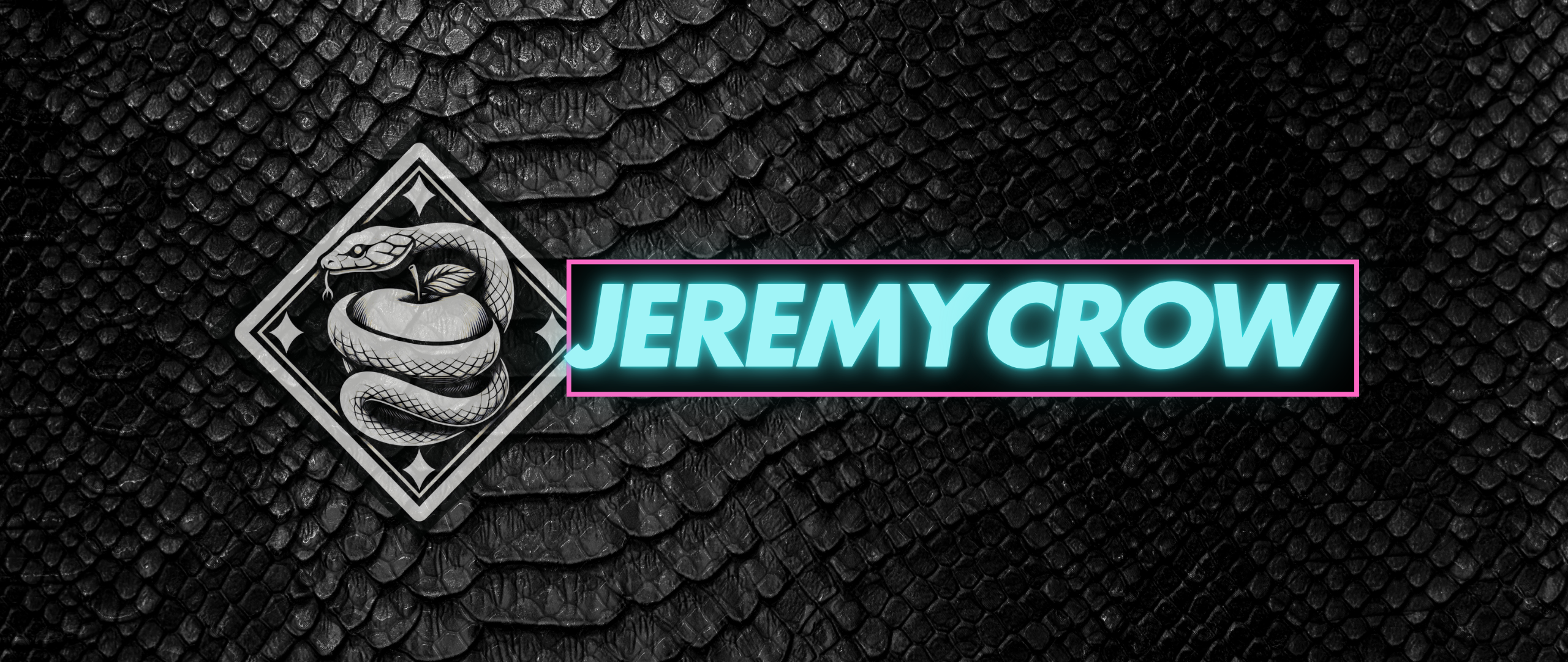Building on the foundations of necromancy, this course explores how to recruit the dead to form a spiritual team, enhancing your practice beyond working with ancestral spirits. By engaging with deceased individuals who had specific skills or expertise, you can create a network of allies to support your goals, whether for protection, healing, or knowledge acquisition.
The first step is identifying a spirit whose skills align with your needs. For example, if you face adversaries at work or in public life, you might recruit a soldier for spiritual protection, identifiable through military markings on their gravestone. Alternatively, a healer like a former doctor or a teacher for knowledge could fill other roles. Use intuition to assess compatibility, ensuring the spirit is a good fit for your team. For a deeper understanding of necromantic practices, consider Consorting with Spirits by Jason Miller, which offers practical guidance on spirit work.
Once a candidate is chosen, acquire a physical basis or relic to anchor the connection. First-class relics (body parts) are unethical and illegal to obtain, but second-class relics (items used by the deceased, like clothing or jewelry) or third-class relics (e.g., graveyard dirt or items that touched a relic) are viable. Ethically source these relics—such as discreetly collecting graveyard dirt after seeking permission through divination (e.g., using cards or coins for yes/no answers). Offerings, like water poured respectfully at the grave, foster goodwill. A book or painting by the deceased can also serve as a third- or fourth-class relic, carrying their essence. For a deeper dive into spirit work, Geosophia: The Argo of Magic I by Jake Stratton-Kent provides insights into the roots of necromantic practices and how it ties into working with grimoires.
Establish communication with the spirit via a dedicated death altar (separate from an ancestral altar). Use divination—simple yes/no methods or detailed tarot readings—to negotiate tasks. Unlike ancestors, who may help out of familial loyalty, non-ancestral spirits require mutual benefit. Offer regular offerings (e.g., water) or special rewards for completed tasks, negotiating terms if needed. Over time, build a rapport to understand their preferences and strengths, creating a robust spiritual team. This process can span decades, fostering a vast community of spirit allies.
This course empowers you to expand your necromantic practice by recruiting specialized spirits, enhancing your spiritual and practical capabilities. Reflect on the roles you need filled and how to ethically engage with the dead to support your journey.
